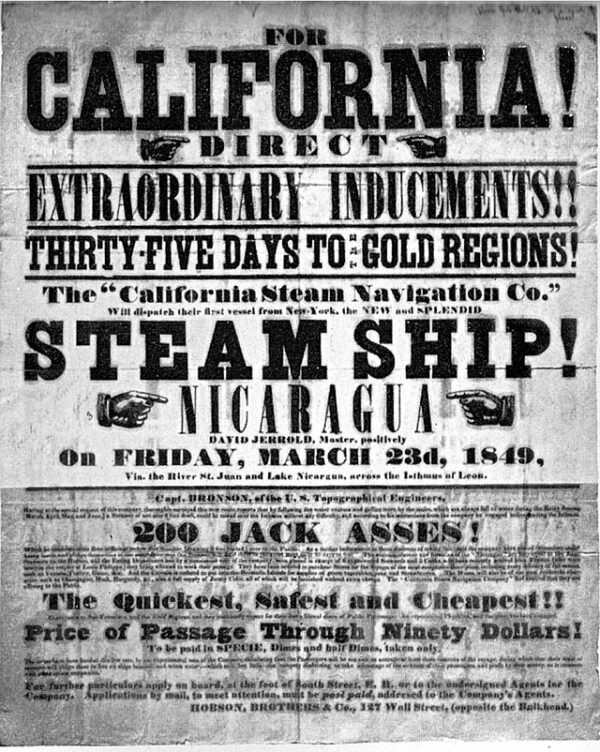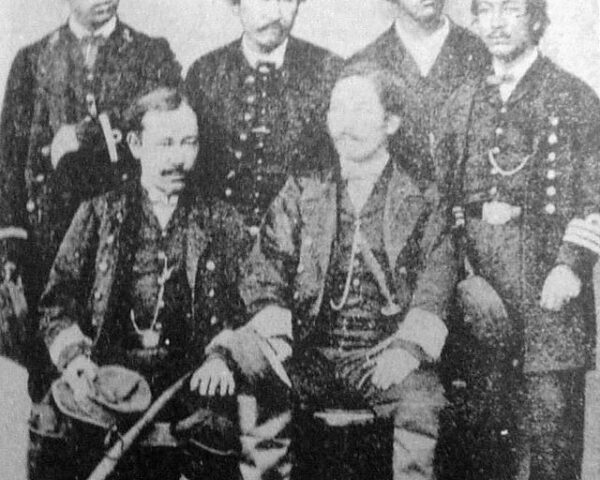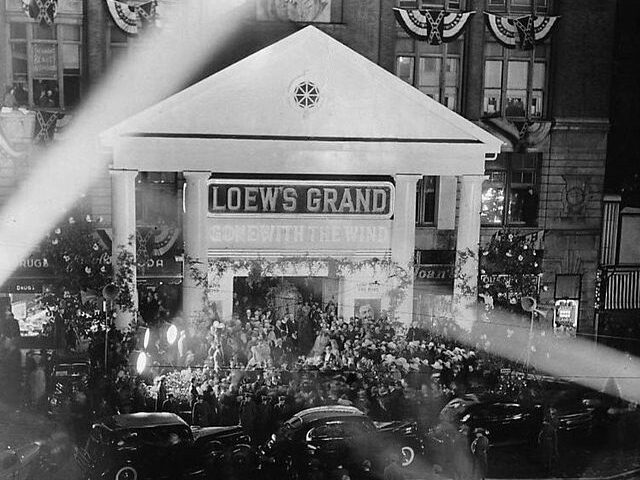On August 19, 1848, The New York Herald, one of the most influential newspapers of the time, made history by being the first major publication to break the news of the California Gold Rush to the East Coast of the United States. This announcement would go on to spark one of the most significant mass migrations in American history, forever altering the nation’s social and economic landscape.
The New York Herald’s front-page headline on that fateful day heralded the discovery of gold in the American West, with a sensationalist flair that captured the imaginations of readers across the Eastern Seaboard. The headline read: “GOLD MINE FOUND IN THE NEWLY ACQUIRED CALIFORNIA! Fortune Seekers in a Feverish Rush Westward.” The story detailed how gold had been discovered at Sutter’s Mill in Coloma, California, back in January 1848, but the news had taken several months to reach the East Coast, traveling via ship around Cape Horn or across the Isthmus of Panama.
The impact of this news was immediate and electrifying. The New York Herald’s report set off a wave of “gold fever” that swept through cities like New York, Philadelphia, and Boston. People from all walks of life—farmers, merchants, laborers, and even professionals like doctors and lawyers—were gripped by the prospect of striking it rich in the distant lands of California. The newspaper’s account of the goldfields, filled with tales of easy riches and instant wealth, was irresistible to those seeking to improve their fortunes in a time when the country was still recovering from the economic depression of the 1830s and 1840s.
While rumors of gold in California had been circulating for months, it was The New York Herald’s authoritative and wide-reaching publication that truly ignited the Gold Rush. The paper’s editor, James Gordon Bennett, was known for his sensationalist style and keen understanding of what captivated the public’s attention. By publishing detailed reports, letters from those already in California, and practical advice on how to reach the goldfields, The New York Herald not only informed but also fueled the ambitions of thousands of would-be prospectors.
The newspaper’s coverage of the Gold Rush didn’t just stop at that initial report. Over the following weeks and months, The New York Herald continued to publish updates, reports from correspondents in the West, and advertisements for goods and services catering to those preparing to make the journey. These included everything from mining tools to guides on the best routes to California, thus cementing the newspaper’s role in both shaping public perception and enabling the logistics of the migration.
In the wake of The New York Herald’s groundbreaking report, thousands of Americans made the arduous journey to California. They traveled by land, braving the treacherous Overland Trail, or by sea, enduring the long and dangerous voyage around South America or across the Isthmus of Panama. This mass migration, which began in earnest in 1849 and earned the migrants the nickname “Forty-Niners,” was a direct response to the news first brought to them by The New York Herald.
The Gold Rush would go on to have profound and lasting effects on the United States, accelerating the westward expansion, leading to California’s rapid admission as a state in 1850, and contributing to the nation’s economic development. The New York Herald’s role in breaking the news of this monumental event is a testament to the power of the press in shaping history. By bringing the story of the California Gold Rush to the East Coast, the newspaper played a crucial part in one of the most dramatic and transformative episodes of 19th-century America.






